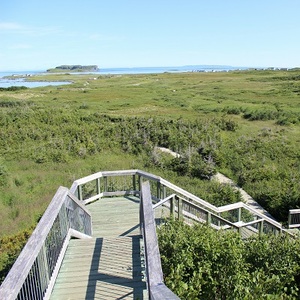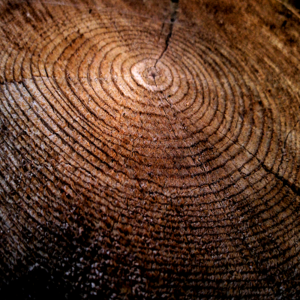

According to recent findings by an international team of researchers, led by Dr. Margot Kuitems with the University of Groningen in the Netherlands, the precise date that the Vikings had a settlement in Newfoundland, Canada was 1021, nearly 500 years before Christopher Columbus made his famous voyage to the Americas.
That the Vikings discovered the Americas far before Columbus is not a new revelation. It was back in 1960 that the archaeological remains of a Norse settlement were uncovered at the L'Anse aux Meadows site on the northern tip of Newfoundland. The dating of the site at that time, though, was rather imprecise, estimated around the year 1000 AD.
It took a relatively new dating technique to establish the more precise date of 1021 AD for the site. Examining pieces of wood that had been cut at the site by the Norse explorers, the researchers of this latest study were able to identify a telltale spike in the levels of carbon-14 in the tree rings corresponding to the year 993. During that year, there was a cosmic ray event, most likely caused by strong solar flare activity, in which increased amounts of radiation reached the surface of the Earth, all across the globe. This increased radiation shows up in the same tree ring year in samples taken all over the world, which can then be used as a precise date marker for subsequent events.
Furthermore, the L'Anse aux Meadows site can be accurately attributed to the Vikings because the wood showed evidence of cutting with metal tools, which the already established indigenous population did not yet use, during that time period. It still is not known whether the date of 1021 was closer to the beginning or end of the occupation by the Norse at L'Anse aux Meadows. However, further testing of the wood should narrow the range of dates. This technique should also prove invaluable to other archaeological endeavors by providing a much more precise dating result than was previously possible.

